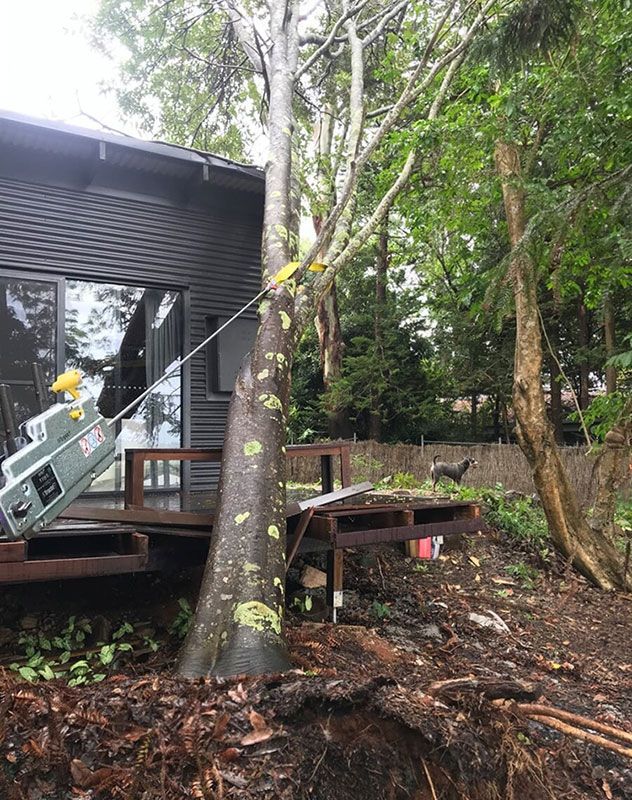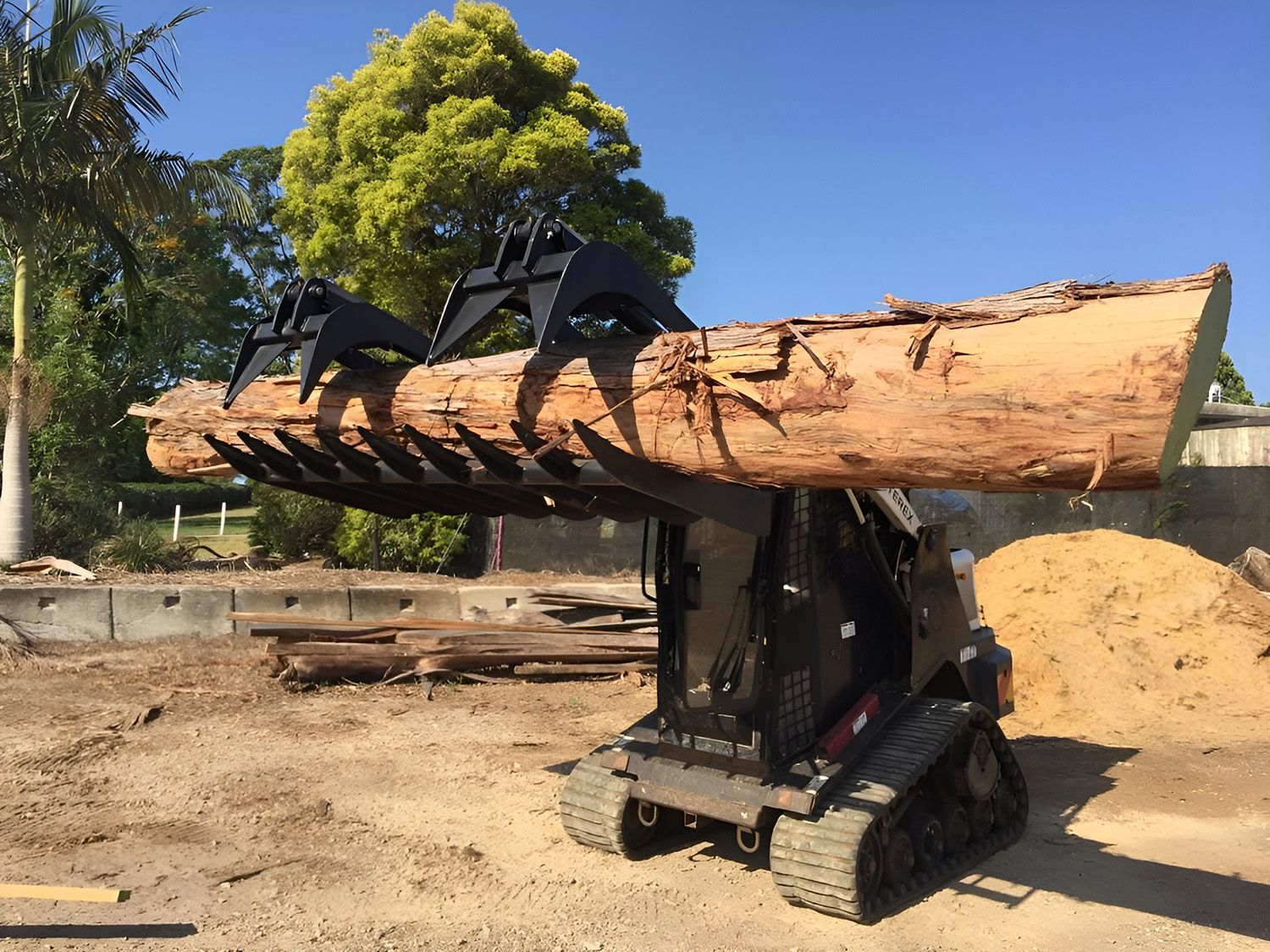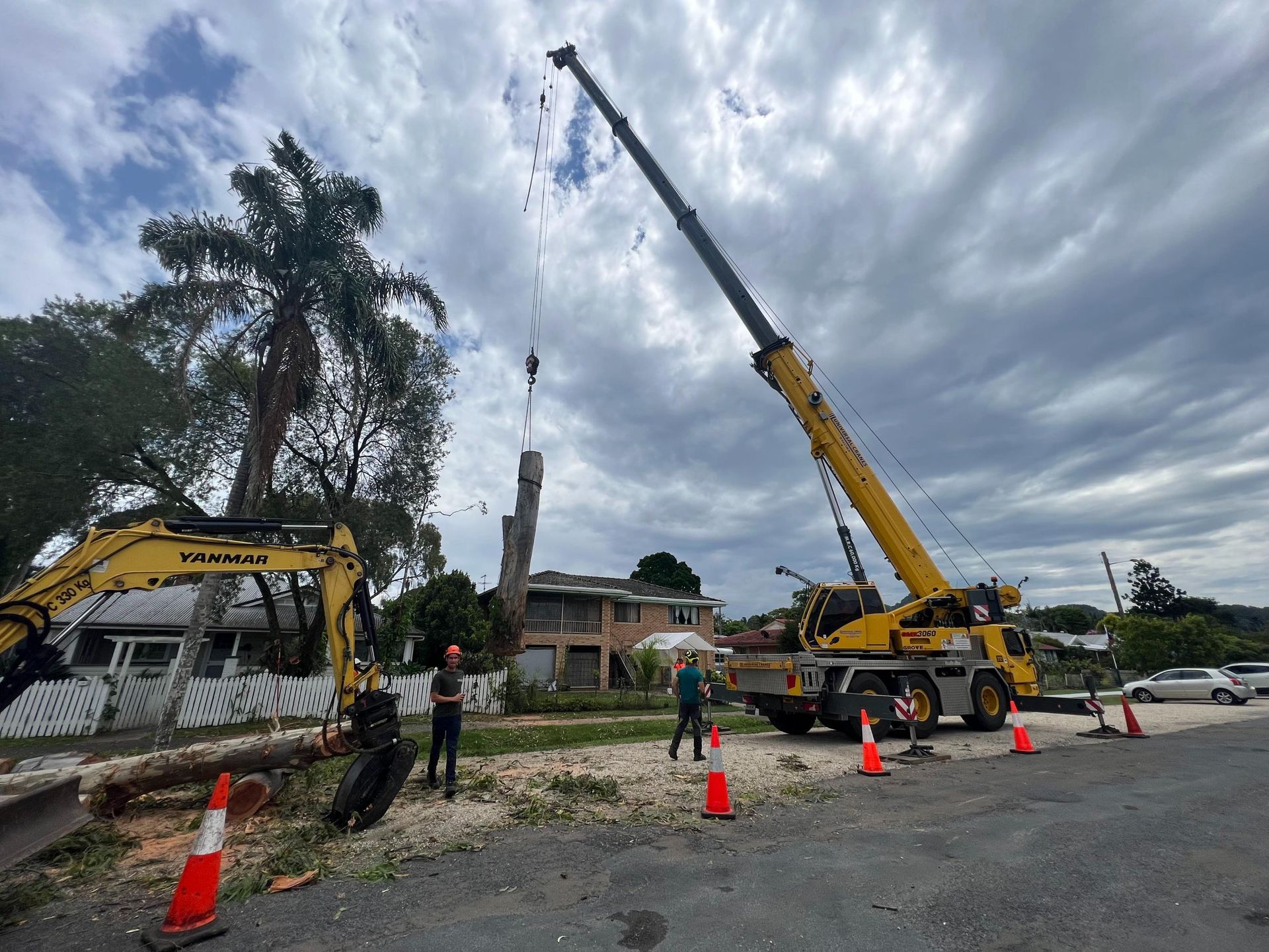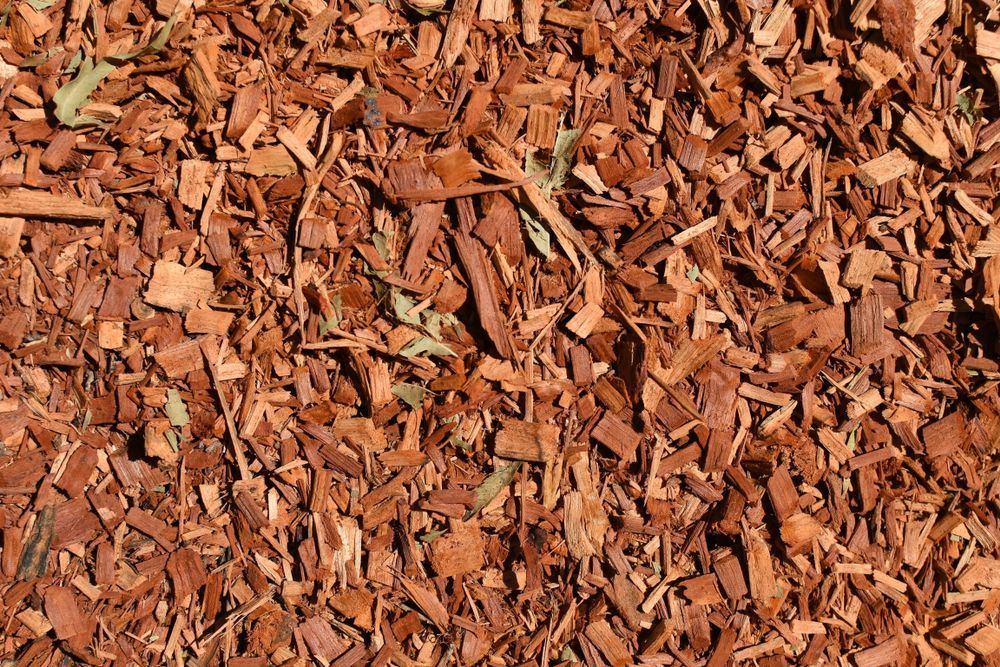Who Is Responsible For Fallen Tree Removal On A Property Line?
Tree disputes are complex. Trees aren’t hazardous or intrusive in themselves, but they may pose a threat, especially when they grow and overhang, interacting with neighbouring property. While the encroachment of trees can be a component of these disputes, damage to the property can additionally result when debris such as leaves, pollen, twigs and branches get blown onto neighbouring property, or in instances where a tree falls between boundary lines on neighbouring land. As these trees grow, their branches may become weaker and prone to cracks. As a result, they can fall straight onto a fence or property beneath it and may prompt a
tree removal, especially before these disputes escalate and damage neighbourly relations.
Fallen or encroaching trees can exacerbate existing conflict between landowners. They can impact and break down harmonious relationships, especially if the dispute leads to an application for a personal safety order if it's believed either owner's health is at risk. Entire branches or trees falling onto neighbouring land can cause damage to structures or land foundations, posing a safety hazard. Trees that cause damage to neighbouring property by falling across boundary lines can be difficult to predict, especially if as a result of a storm or a natural disaster.
Who is responsible for fallen tree removal on a property line?
Local government and private landowners
If the tree falls on a property line that divides land owned by the local government and a private landowner, the responsibility falls onto the private landowner to remove and ensure the safety of the property. Especially if the private landowner is aware the tree is near the boundary or in a dangerous condition, or it belongs to a weaker species that is known to demonstrate instability or drop branches.
Usually, if the tree is leaning, appearing to demonstrate some sort of hazard to its neighbours or the property, the local council or any governing body is subject to notifying the property owner(s), and documenting concern. If concern has been documented prior, it's reasonable to direct liability onto the tree owner. If not notified, or the tree has fallen during an unforeseeable circumstance, insurance should cover most costs, and the local council will be responsible for its removal. However, if altered by either landowner, such as the removal or its roots to repair a rise in a driveway, it could render them liable. Tampering with the tree could be seen as destabilising it, and therefore hold either landowner accountable.
Legally, you are allowed to prune the branches or growth of a tree, after speaking to the adjacent landowner. If your neighbour is opposed to cutting the growth or pruning the branches, you’re entitled to cut it back to the property line, as long as you aren’t causing damage to the tree.
Two private landowners
With boundary fences between two private landowners, each neighbour is responsible for 50% of the tree’s removal, or the repair cost of any fences or land that were damaged as a result of the tree. If the boundary line lies between a property owner and a nature strip, the local council is responsible for its removal. Additionally, landowners are entitled to the assistance of the local council or RFS, particularly if the landowner is elderly, incompetent, or unable to remove the tree.
When trees encroach across property lines, there’ll normally be a joint agreement between council or landowners for maintenance or removal. If damage to property or safety is a concern, document requests to the council to have it maintained or removed, as corresponding with the council and mentioning the potential for harm, could prevent a trail of fault to be formed.
To find out more about handling your tree dispute or taking care of fallen
tree removal in Byron Bay and surroundings,
contact us at
Tallow Tree Services.








